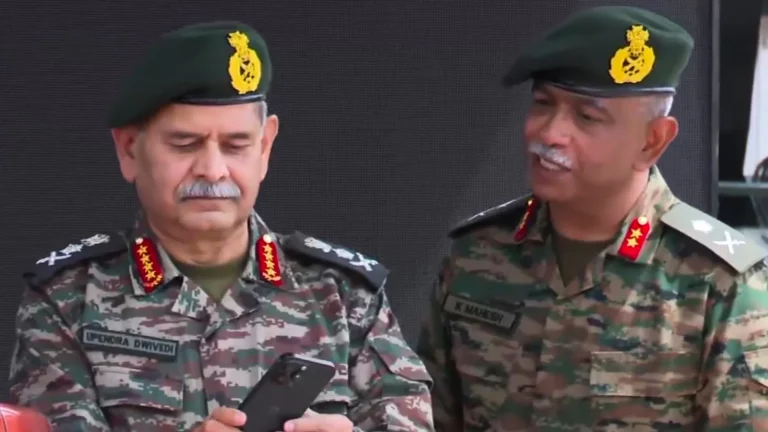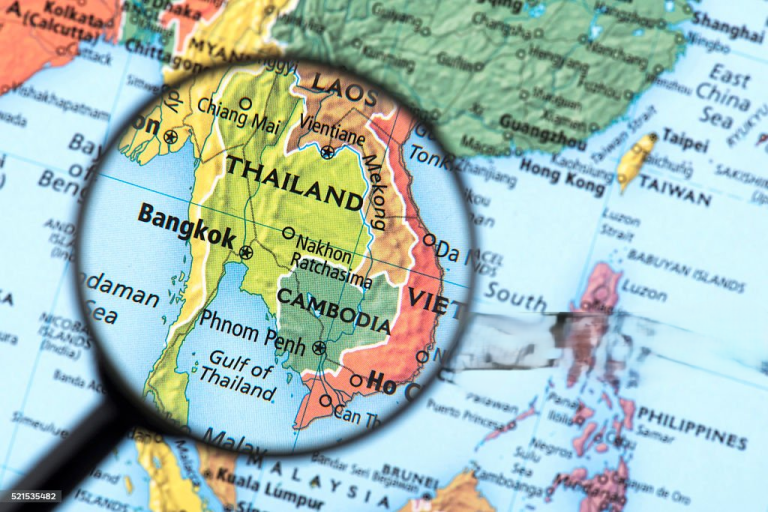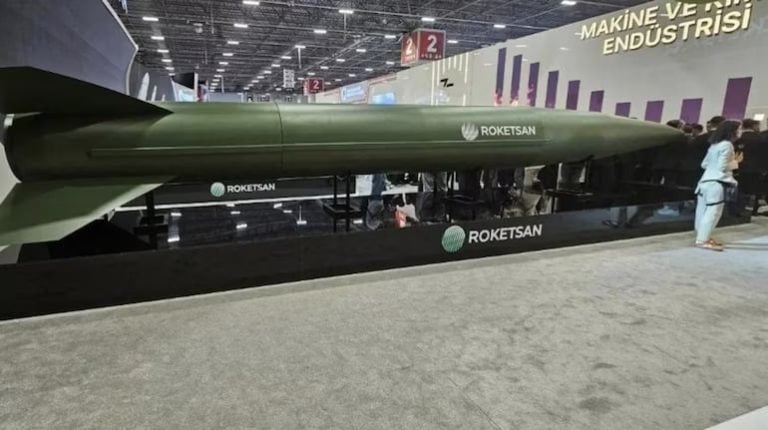In a landmark decision with far-reaching consequences, India has placed the Indus Waters Treaty (IWT) of 1960 in abeyance for the first time in its history. This bold move follows the horrific Pahalgam terror attack, which claimed the lives of 26 civilians, and signals a decisive shift in India’s posture towards Pakistan. The message from New Delhi is unambiguous: blood and water can no longer flow together.
What is the Indus Waters Treaty?
The Indus Waters Treaty is a World Bank-brokered agreement signed in 1960 between India and Pakistan to manage the waters of the Indus River system, vital to both nations’ agriculture and livelihoods.
- India was granted exclusive control over the eastern rivers: Ravi, Beas, and Sutlej.
- Pakistan was granted unrestricted access to the western rivers: Indus, Jhelum, and Chenab, despite these rivers originating in India.
The treaty also established a Permanent Indus Commission to oversee data sharing, water use, and dispute resolution. It has withstood several wars and conflicts between the two nations, being hailed as one of the most successful water-sharing arrangements in the world.
Why India Suspended the Treaty
India’s suspension of the IWT post-Pahalgam is both symbolic and strategic. It marks a functional withdrawal, allowing India to reassert control over water flows while staying within legal grey zones. With this pause, India has begun leveraging its engineering and diplomatic infrastructure to choke Pakistan’s water dependency.
How India Plans to Stop Indus Water Flow to Pakistan
1. Major Infrastructure Projects to Control Flow
| Project | River | Purpose | Status |
|---|---|---|---|
| Kishanganga HEP | Jhelum tributary | Hydropower + diversion via tunnel | Completed (2018) |
| Ratle HEP | Chenab | 850 MW hydroelectric project | Revived (2021) |
| Tulbul Project | Jhelum | Navigation + flow regulation | Revived post-Uri (2016) |
| Shahpurkandi Dam | Ravi | Stops surplus water to Pakistan | Completed Feb 2024 |
| Ujh Project | Ravi tributary | Storage + hydro + irrigation | Under planning |
| Sutlej-Beas Link | Sutlej/Beas | Intra-India water diversion | Stalled (land issues) |
2. Operational Measures Enabled by Treaty Suspension
- Reservoir Flushing: India can now release silt-laden waters during Pakistan’s crop cycles to disrupt irrigation.
- Data Withholding: India stops sharing real-time flood and water flow data.
- No Inspections: Pakistan is barred from inspecting Indian dams in J&K.
- Autonomous Construction: India may now ignore Pakistan’s objections to dam designs or tunneling routes.
3. Flow Diversion: Redirecting Water West to East
India is exploring inter-basin transfers to divert water meant for Pakistan into Indian-controlled rivers:
- Shahpurkandi & Ujh Dams reduce natural water escape into Pakistan.
- Chenab-to-Ravi tunnel plans are underway to bypass Pakistani territory entirely.
Legal Standing: Can India Abrogate the Treaty?
- Article XII of the IWT bars unilateral withdrawal—termination must be mutual.
- However, India is not a signatory to the 1969 Vienna Convention on Treaties, giving it maneuverability in interpretation and enforcement.
- India’s current action is a suspension, not an abrogation—granting it strategic and legal ambiguity.
Impact on Pakistan
1. Agricultural Crisis
Over 80% of Pakistan’s irrigated farmland relies on the Indus Basin. Disruptions during sowing seasons (especially for wheat, rice, and sugarcane) could be devastating.
2. Urban Water Scarcity
Cities like Lahore, Karachi, and Multan depend on the Indus for drinking water. Prolonged droughts could escalate into humanitarian and public health emergencies.
3. Flood Vulnerability
Without upstream data from India, Pakistan’s ability to manage floods—especially during monsoon—could collapse.
4. Limited Diplomatic Options
- Pakistan can approach the World Bank, Permanent Court of Arbitration, or UN, but legal jurisdiction depends on India’s cooperation.
- Global pressure is limited unless both parties agree to international arbitration.
Conclusion: Water as a Strategic Lever
India’s decision to pause the Indus Waters Treaty is a geopolitical signal backed by years of planning and infrastructure. It is not just about retaliating to terrorism—it is about rebalancing the strategic equation with Pakistan.
Through diplomatic assertiveness, engineering precision, and treaty interpretation, India has taken the first step towards weaponizing water—not by creating war, but by reinforcing peace through pressure.
As rivers change course and treaties are tested, Pakistan’s reliance on goodwill must give way to accountability. Water is no longer just a shared resource—it’s a national asset and a tool of strategic influence.



















